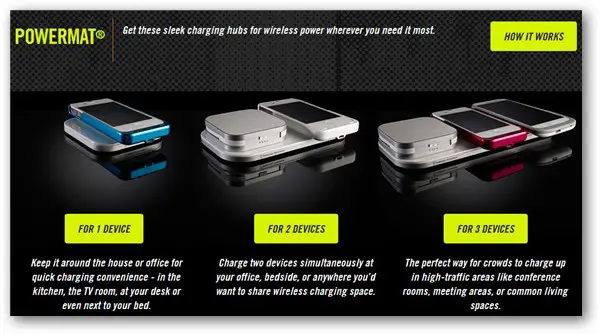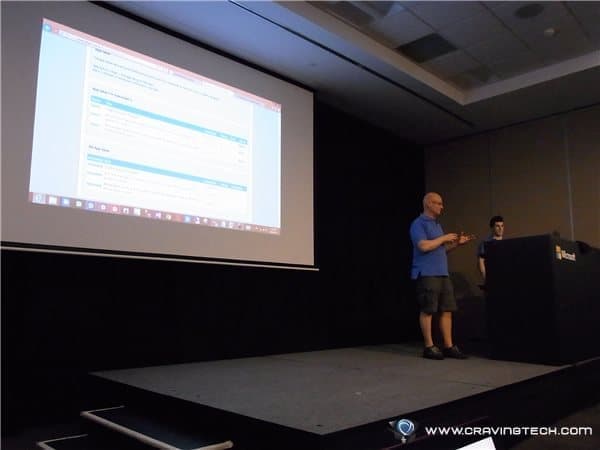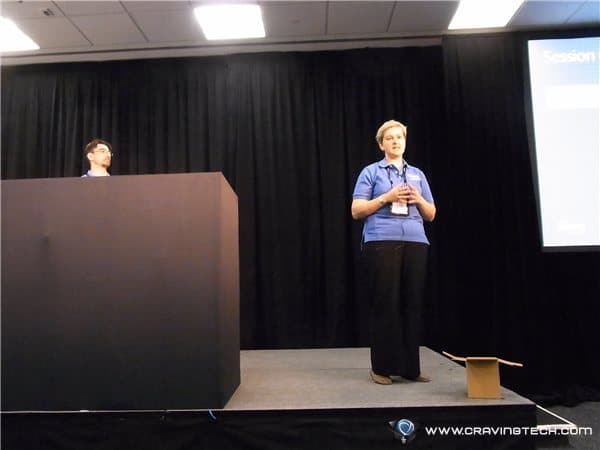Note: This is a guest post by Naweed Chougle.

It is hard to think of an aspect of life which hasn’t been affected by software.
The automobile industry is far from an exception, with software likely to play a pioneering role in defining the next set of advancements. This article explores the present status of software in this realm and what it heralds for future cars.
If you’re either an automobile or a flying enthusiast, I’m sure you mustn’t have missed the futuristic flying car from Terrafugia, called The Transition, that turned heads at the New York International Auto Show 2012. Embedded software plays no small role in this promising “roadable aircraft”, as the manufacturer prefers to call it.
When you’re talking about modern cars and their successors, bits are flying about in various ways, and are going to do so in increasingly complex scenarios.
Car Comfort
Did you think the modern car’s suspension that keeps you comfortable no matter what the terrain is barely intelligent?
Well, the reality is that there’s code on tiny embedded chips that executes to adjust the nature of the shock absorbers to suit the driving conditions. Whether you’re cruising through the smoothest motorways, or negotiating the harshness of the remote countryside roads, there’s a program on chip that’s in action.
Future software use for boosting passenger comfort is only going to intensify, taking care of everything from improved controls in braking to better entertainment systems.
Automobile Safety
The safety system in your car needs to be programmed to deal with the most dangerous of situations.
The airbag is activated precisely at the moment of a collision or sudden braking, and nothing other than complex coded programs can ensure the safety of the passengers involved. An embedded controller works in conjunction with several sensors before coming into action. These airbags now not only cater to frontal collisions, but are being used for protection from side collisions as well.
Safety systems are getting even smarter than this – the BMW Assist testifies to this. This system does the additional task of gleaning information about a stricken car to help rescue workers locate it and reach the accident spot swiftly.
Automatic collision detection systems are being researched for future cars so that driver error can seldom be the cause for accidents – an array of sensors and a microcontroller will make up for the slower human response.
Efficiency
Fuel efficiency is of utmost importance, particularly to make our planet greener. Hybrid cars are already in use; it’s remarkably easy to switch between the diesel and electric modes, and there’s hope that research will expand in this area to give us improved choices.
How is software going to help save fuel? While embedded controllers already play a direct role in ensuring reduced wastage, driving habits chiefly determine how kind you’re being to the environment. There’s software to help you out with that too! The EcoDrive software application is one such example. It assesses car data based on fuel consumption when accelerating, decelerating, driving uphill and so on, and matches it with the capabilities of the car. Finally, this data can be analysed on a computer, after which recommendations are presented on boosting fuel efficiency.
Concerns Over Software Trouble
While there’s no doubt that software is deciding the course of the modern history of the automobile industry, software issues have been blamed for massive car recalls in the recent past. Big names such as Toyota, Chrysler, Volkswagen and GM have been affected, raising concerns over safety of future models. But given the sheer volume of the software involved, it is not surprising that some problems have come up.
Still, I believe the industry is getting all the more careful with these unfortunate experiences and there isn’t a need for alarm.
Did you know? Hundreds of years ago, humans drove cars!
On the subject of software and automobiles, you just can’t ignore Google’s driverless car. I was awestruck when I saw the video of Sebastian Thrun talking about the self-navigating vehicle he’s developing:
Sebastian sums up, “I’m really looking forward to a time when generations after us, people look back at us and say how ridiculous it was that humans were driving cars!”
Only millions of lines of brilliantly coded software running on several dozen electronic chips are bringing us closer to Sebastian’s dream of precision driving becoming a widespread reality!
What is your take on cars of the future, especially with the increasing involvement of software?
Note: Naweed Chougle is a web developer and blogger. You can check out his articles at TechNonStop and participate in the conversation!







Comments are closed.